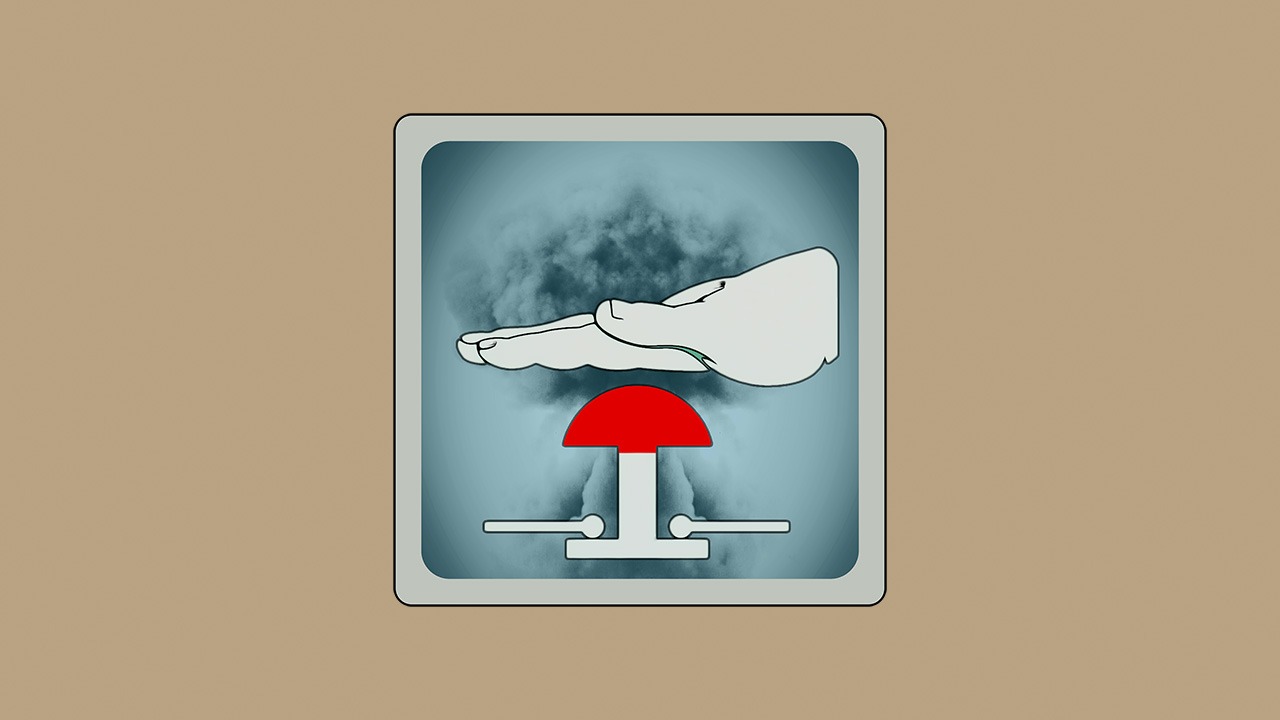Nuclear Weapons: The Opportunity Costs
APLN Policy Brief 1
The following is a summary. Click on the adjacent link to download the full brief.
Nuclear weapons are inherently unusable but hugely expensive. The United States alone has spent an estimated US$8.7 trillion on nuclear weapons between 1940 and 2011. Looking ahead, the nine nuclear-armed states will spend more than one trillion dollars over the next decade on their nuclear arsenals. But at what return for the price? For poor countries such spending entails significant opportunity costs for development priorities. For developed countries it adds continuing stress to already overstretched government budgets, and inhibits investment in defense platforms and systems that are actually usable.
About the Author
John Page is a research officer at the Centre for Nuclear Non-Proliferation and Disarmament. He is a former officer of the Australian Department of Foreign Affairs and Trade and served on the Secretariats of the Canberra Commission on the Elimination of Nuclear Weapons and the International Commission on Nuclear Non-Proliferation and Disarmament.
Ramesh Thakur is Director of the Centre for Nuclear Non-Proliferation and Disarmament in the Australian National University’s Crawford School of Public Policy. He was formerly Senior Vice Rector of the United Nations University (and UN Assistant Secretary-General) and then Foundation Director of the Balsillie School of International Affairs in Waterloo, Ontario. He was a Responsibility to Protect Commissioner and Principal Writer of Secretary-General Kofi Annan’s 2002 UN reform report.
Image: Pixabay stock, Steve Watts.

